Have you ever walked through your warehouse and seen a perfectly good steel coil, worth thousands of dollars, sitting with a deep gash from a forklift or its edges dented from a clumsy drop? It’s a frustrating sight. That coil represents not just wasted material, but wasted energy, wasted labor, and a potential hit to your bottom line. This problem of product damage during in-plant handling and packing is a silent profit killer in many mills. As someone who has spent his entire career in this industry, first as an engineer and now as a factory owner, I’ve seen this exact issue eat away at margins. But I've also seen a clear trend in places like Vietnam, where steel production is booming. They are not accepting damage as a cost of doing business. They are turning to automated packing to solve the problem at its root.
Vietnamese steel mills are reducing damage by implementing fully automated packing lines. These systems use consistent, machine-controlled processes for wrapping, strapping, and conveying coils. This eliminates human error, prevents direct contact with forklift tines, provides superior moisture protection, and ensures every coil is packed to the exact same high standard, dramatically cutting down on physical damage and corrosion.
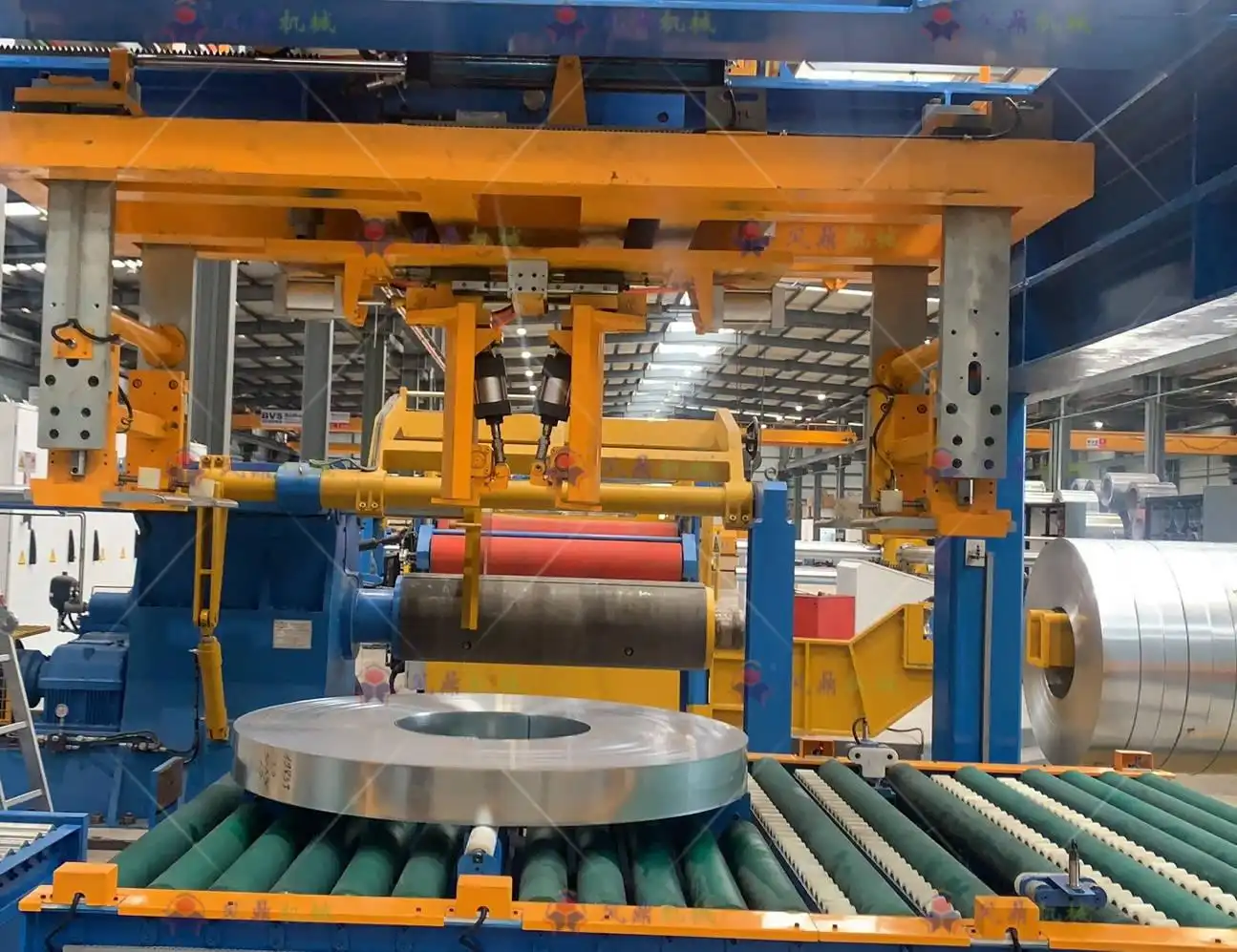
This shift is more than just buying new machines. It's a strategic decision that impacts everything from operational efficiency to customer satisfaction. It’s a solution I’ve helped many clients implement, and the results are always transformative. But to truly understand the impact, we need to look closer at the specific problems automation solves and the real-world value it creates. Let’s break down how this strategy is working and why it’s becoming the new standard for competitive steel mills.
What Are the Hidden Costs of Manual Coil Packing Damage?
A damaged coil seems like a straightforward problem. You see the dent, you calculate the scrap value, and you move on. But that’s only the tip of the iceberg. The real cost of damage from manual packing is a quiet, continuous drain on your profits, and it’s made up of expenses you might not even be tracking. It's the angry phone call from a customer, the logistics nightmare of a return shipment, and the production schedule thrown into chaos. When you rely on manual processes, these incidents are not a matter of if, but when. Let's break down these hidden expenses, because understanding the full scope of the problem is the first step toward solving it.
The hidden costs of manual packing damage go far beyond the material's scrap value. They include direct financial losses like customer reclamation fees, freight costs for returns, and the expense of rework or scrapping. More importantly, they include indirect costs like lost production time, wasted labor for handling the damaged product, and significant, long-term damage to your company's reputation and customer trust.
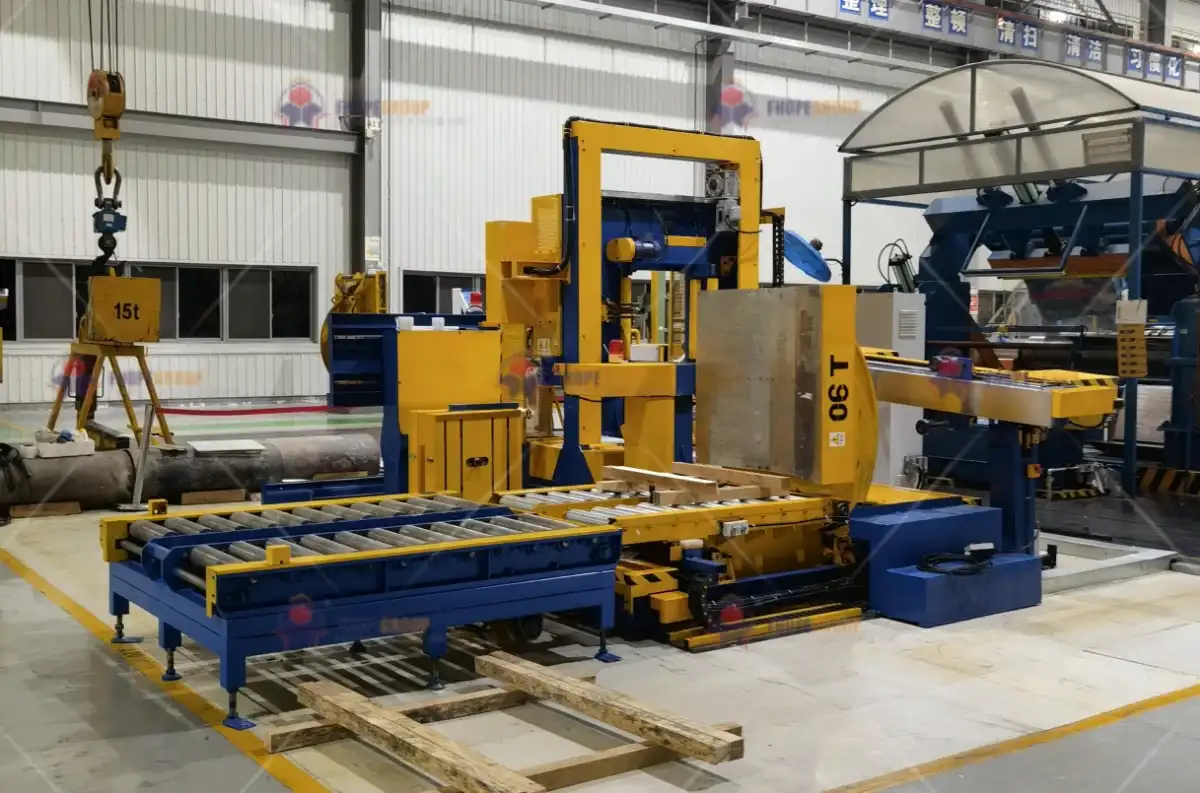
To truly grasp the impact, you need to dissect these costs. I encourage clients like Javier, who are always focused on the numbers, to look at it this way. We can separate the expenses into clear categories to see the full picture. It’s an exercise I went through myself when I was scaling up my own factory.
Direct vs. Indirect Costs
The direct costs are the easiest to see on a balance sheet, but they add up quickly. Indirect costs are harder to quantify but can be far more destructive in the long run.
| Cost Category | Description | Example |
|---|---|---|
| Direct Costs | Tangible, immediate financial losses. | - Scrap Value: The loss of the coil itself. |
| - Rework Labor: Paying workers to try and salvage the coil. | ||
| - Return Freight: Paying to ship the damaged coil back from the customer. | ||
| - Replacement Freight: Paying to ship a new coil to the customer. | ||
| - Customer Fines: Contractual penalties for delivering damaged goods. | ||
| Indirect Costs | Less tangible costs that impact efficiency and growth. | - Lost Production: The time your line is down making a replacement. |
| - Wasted Labor: The original man-hours spent producing and packing the coil. | ||
| - Administrative Time: Time spent by sales and logistics handling the complaint. | ||
| - Reputational Damage: The customer now sees you as less reliable. |
The Ripple Effect on Operations
Think about the operational chaos a single damaged coil can cause. A customer needs that specific coil for their production run tomorrow. Now, your team has to stop what they are doing. The production schedule needs to be adjusted. You may have to bump another customer's order to rush the replacement. This creates stress, increases the chance of more errors, and ruins the smooth, predictable workflow you strive for. I remember a client in Mexico who told me a single damaged shipment to a major automotive customer put their entire "just-in-time" supplier status at risk. The cost wasn't the coil; it was the potential loss of a multi-million dollar contract. That's the kind of risk manual packing carries.
Quantifying the Unquantifiable: Reputation
How much is your reputation worth? This is the most significant hidden cost. Every damaged coil that reaches a customer is a negative advertisement for your brand. It says you don't have control over your processes. It says you might not be a reliable partner. In a competitive market, customers have choices. A competitor who delivers perfectly packed, pristine coils every single time will win that business. You can spend millions on sales and marketing, but a few damaged shipments can undo all of it. The trust you lose is incredibly hard to win back. This is not just a theoretical risk; it’s a business reality that directly impacts long-term profitability and growth.
How Exactly Does Automation Shield Coils from Damage?
You trust your team to handle coils carefully, and for the most part, they do a great job. I started on the factory floor myself, so I know the hard work that goes into it. But manual handling, by its very nature, is inconsistent. A worker can get tired at the end of a long shift. A forklift driver might misjudge a turn. One small mistake, one moment of distraction, and a multi-ton coil is damaged. You can't engineer away human variability completely. An automated packing line, however, removes this human variable from the most critical points of the process. It's a systematic shield that protects your product with a level of precision and consistency that manual labor simply cannot match.
Automation shields coils from damage through a multi-stage, controlled process. It ensures consistent wrapping tension, precise and secure strap placement, and gentle, automated handling via conveyors and turnstiles. This systematic approach completely eliminates direct contact with damaging forklift tines and creates a robust, uniform protective barrier against moisture, impact, and corrosion for every single coil.
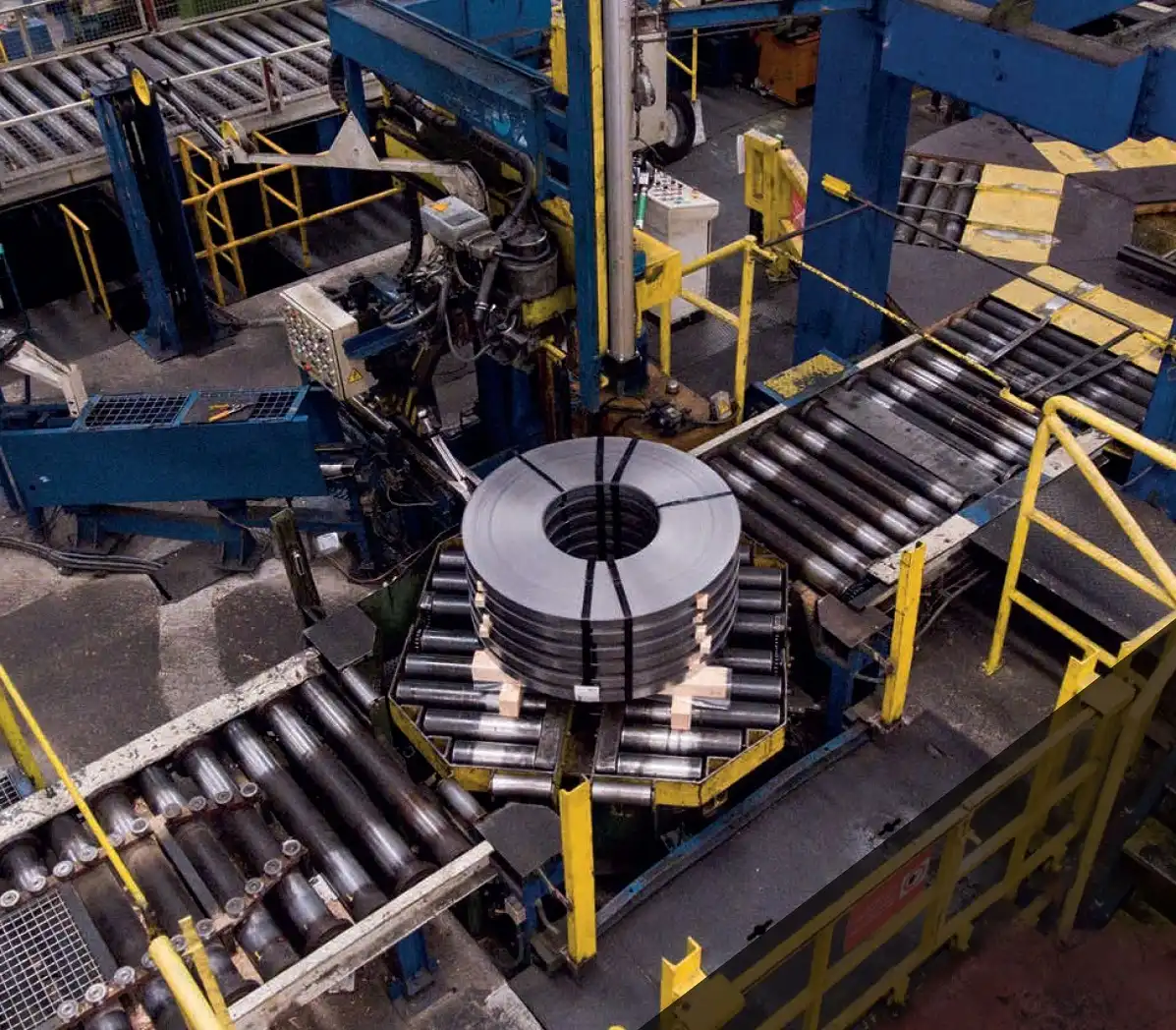
The "how" is not magic; it's just good engineering applied systematically. Let's walk through the key stages where automation makes the difference. This isn't just about replacing people with machines; it's about replacing unpredictable actions with repeatable, optimized ones.
Stage 1: Consistent and Secure Wrapping
In a manual process, one worker might pull the wrapping material tighter than another. They might overlap it more or less. This creates inconsistencies in the protective layer. Some parts may be too loose, allowing moisture to seep in, while others are too tight, potentially damaging sensitive coil edges. An automated orbital wrapper solves this. The machine applies the wrapping material—whether it's VCI paper, stretch film, or a combination—with a constant, computer-controlled tension and a precise, programmable overlap. The result is a perfect, hermetically sealed cocoon around the coil. It's the same every time, which means protection is predictable and reliable.
Stage 2: Precise and Automated Strapping
Strapping is another major source of damage. Manual strapping can be uneven, and if a steel strap is overtightened, it can cut into the coil's outer layers. If it's too loose, the coil can shift during transport. An automated strapping machine, whether for steel or PET straps, is a game-changer. Sensors detect the coil's position and dimensions. The strapping head applies the exact, pre-set tension and seals the strap perfectly. For slit coils, a through-the-eye strapping machine ensures the bundle is secure without an operator needing to manually feed straps, a slow and often inconsistent process.
Stage 3: Gentle, Automated Handling
This is perhaps the biggest factor. The number one cause of coil damage is impact from forklifts and cranes. Automated lines eliminate this risk almost entirely. Here’s a typical flow:
| Manual Handling Step | Automation Equivalent | Damage Risk Reduction |
|---|---|---|
| Forklift picks up coil from slitter. | Coil is pushed onto a conveyor. | Eliminates risk of fork tine damage. |
| Coil is placed on a wooden pallet. | Coil moves to a turnstile for rotation. | No dropping, no impact, precise positioning. |
| Forklift moves coil to wrapping station. | Conveyor moves coil into wrapping machine. | Controlled, smooth movement. No collisions. |
| Forklift moves wrapped coil to storage. | Conveyor takes finished coil to an accumulator. | Ready for pickup from a safe, designated zone. |
By connecting the processes with conveyors, turnstiles, and tilting devices, the coil never has to be aggressively handled by a forklift until it is fully packed and protected. This smooth, continuous flow is the heart of damage prevention. It turns a series of high-risk, independent manual actions into one low-risk, integrated process.
What's the True Return on Investment for an Automated Packing Line?
Investing in a new packing line is a major capital decision. As a business owner like Javier, your first question is always, "What's the payback?" The price tag for an automated system can seem high, and it's easy to get sticker shock and delay the decision. You might think, "Our manual system works well enough." But this thinking is a trap. It ignores the hidden costs we just discussed, which are bleeding money from your operation every single day. A proper Return on Investment (ROI) analysis often reveals that the cost of not automating is far higher than the investment in a new line. The key is to look at the complete financial picture.
The true return on investment for an automated packing line comes from a powerful combination of direct cost savings and new efficiency gains. This includes the total elimination of product damage costs, a sharp reduction in labor expenses, increased throughput from faster cycle times, and lower consumption of packing materials. For most steel mills, this results in a full payback period of just 18 to 36 months.
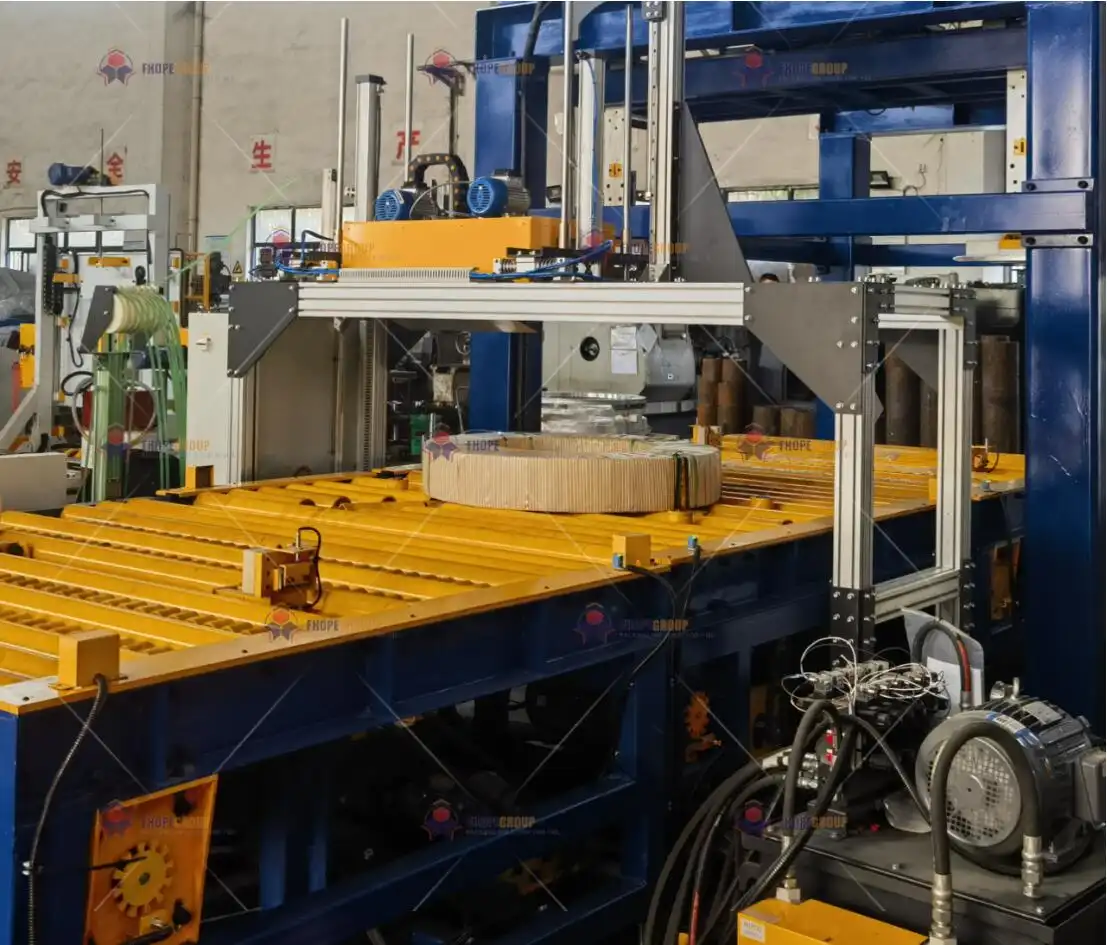
When I was building my own factory, this was the exact calculation I did. I didn't see the packing line as a cost center; I saw it as a profit generator. To understand the ROI, you have to quantify all the benefits, not just the obvious ones.
Calculating the "Savings" Side of the Equation
This is the most direct part of the ROI. You must add up all the costs associated with your current manual process and compare them to the automated alternative.
| ROI Calculation Component | Example Calculation (Annual) |
|---|---|
| Eliminated Damage Costs | Assume a 0.5% damage rate on 200,000 tons of output = 1,000 tons scrapped. At $800/ton, that's $800,000 in saved material. |
| Labor Reduction | A manual line needs 4-6 workers per shift. An automated line needs 1-2. Saving 3 workers/shift over 2 shifts = 6 workers. At $50,000/year total cost per worker, that's $300,000 in saved labor. |
| Reduced Customer Claims | Assume 10 major claims a year, costing $5,000 each in freight and admin. That's $50,000 saved. |
| Total Annual Savings | In this simplified example: $800k + $300k + $50k = $1,150,000 |
This is a simplified model, but it shows how quickly the savings add up. If a new automated line costs $2 million, the payback period based on these savings alone is already under two years.
Factoring in Increased Throughput
This is a revenue-generating benefit. An automated line is faster. A manual team might pack 5-8 coils per hour. An automated line can consistently pack 15-20 coils per hour, or even more. What does this mean? It means your packing is no longer the bottleneck. You can run your slitting and production lines faster, producing and shipping more product with the same fixed overheads. If you can ship just 5% more product per year because of a faster packing line, that additional revenue flows almost directly to your bottom line, accelerating your ROI even further.
The Often-Overlooked Material Savings
This is a detail that detail-oriented engineers love. Automated wrappers use stretch film more efficiently. Because the tension and pre-stretch ratio are precisely controlled by a machine, you can use less film to achieve the same or better protection. A machine can pre-stretch film by 200-300%, meaning one meter of film on the roll becomes three or four meters on the coil. Manual application has almost zero pre-stretch. Over a year of packing thousands of coils, this can translate into tens of thousands of dollars in saved material costs. It's a small detail that makes a big financial difference.
Beyond Damage Prevention, How Does Automation Build a More Resilient Mill?
Fixing your damage problem and getting a good ROI is critical for today's profits. But as a forward-thinking CEO, you're not just managing for today; you're building a company that can thrive for the next 10-20 years. Sticking with outdated manual processes is like building a house on a shaky foundation. Sooner or later, external pressures like market volatility, labor shortages, and increasing environmental regulations will expose the weaknesses. An investment in automation is not just a tool to solve a single problem. It's a foundational step toward building a more robust, flexible, and resilient operation that's ready for future challenges.
Beyond damage prevention, automation builds resilience by creating a stable and predictable production backbone. It drastically reduces reliance on a volatile and shrinking labor market, it generates a wealth of high-quality data that is essential for digital transformation (MES/IoT integration), and it ensures a consistent, high-quality output that strengthens customer relationships and protects your brand in a competitive global market.
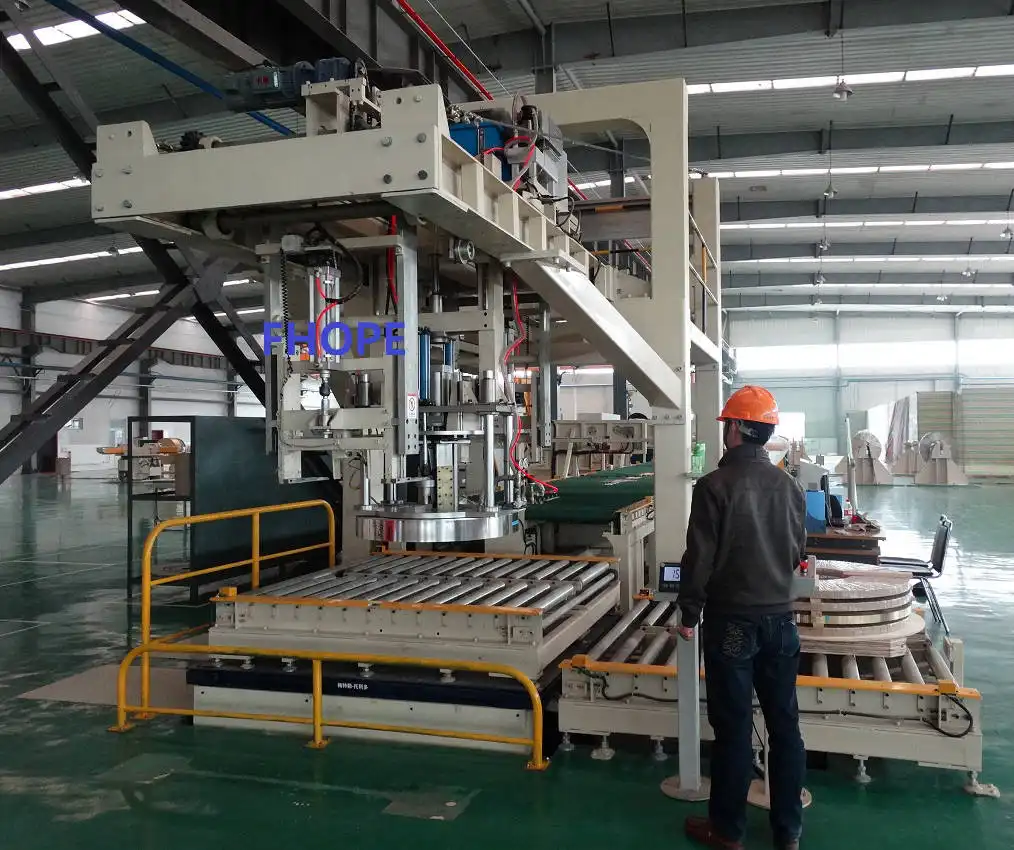
When I talk to clients who are on the fence, I ask them to think beyond the immediate payback. I ask them to consider what their business will look like in five years. Will these other challenges have gotten easier or harder? The answer is always the same.
Tackling Labor Shortages and Skill Gaps
Finding and retaining skilled, reliable labor for tough, repetitive industrial jobs is getting harder and more expensive everywhere in the world. This is a massive operational risk. What happens when a key member of your packing crew retires or quits? You have to find, hire, and train a replacement, and production suffers during that time. Automation insulates you from this. By automating the most repetitive and physically demanding tasks, you reduce your dependency on manual labor. You can then retrain your valuable team members for higher-skilled roles, like operating and maintaining the equipment, which is more engaging and provides a better career path for them. It turns a vulnerable dependency into a stable, manageable process.
The Gateway to Digital Transformation
You can't have a "smart factory" without smart machines. For a CEO like Javier, whose goal is to implement MES systems, IoT sensors, and data analytics, an automated packing line is a critical piece of the puzzle. These modern lines are packed with sensors. The machine knows exactly how many coils it packed, the exact time each one was finished, how much packing material was used, and if there were any errors. This data is gold. It can be fed directly into your MES or ERP system in real-time. This allows for:
- Total Production Visibility: You know the exact status of every order.
- Predictive Maintenance: The system can alert you before a component fails.
- Accurate Costing: You know the precise packing cost for every single coil.
- Inventory Management: Your system is automatically updated when a coil is ready for shipment.
A manual process provides none of this data. Automation is the bridge that connects your physical factory floor to your digital management systems.
Enhancing Safety and Environmental Compliance
The packing area is often one of the most hazardous parts of a steel mill, with heavy loads, moving forklifts, and repetitive manual tasks that can lead to injury. Automation removes workers from these high-risk zones, creating a much safer work environment. This not only protects your people but also reduces your risk of costly workplace accidents and insurance claims. Furthermore, as I mentioned with material savings, the efficiency of automated systems often means less waste. Using less plastic film and energy per coil is not only a cost saving but also a step toward meeting increasingly strict environmental standards. It's a win for your people, your profits, and the planet.
Conclusion
Automated packing is more than a defense against damage. It's a strategic move towards a more efficient, profitable, and future-ready steel mill. The time to act is now.




